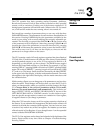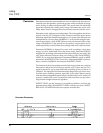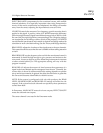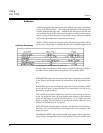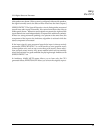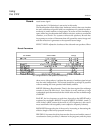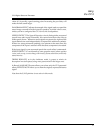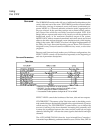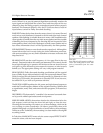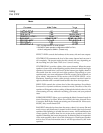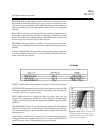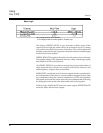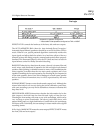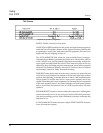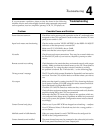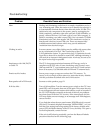
43
Using
the CP-3
CP-3 Digital Surround Processor
music. When it is on, special patented algorithms continually monitor the
input signal and adjust both the relative level and time offset of the two
channels to keep the dialog properly centered and special effects properly
localized. This automatic feature is why the CP-3 does not have or need an
input balance control for Dolby Surround decoding.
BASS SPLIT takes the low bass from the center, where it is in many film and
music mixes, and distributes it instead to the left and right front-channel
speakers. Bass Splitting is valuable because in many video installations the
center speaker is smaller than the two main stereo speakers and less capable
of handling the lowest frequencies. By directing the low frequencies to the
main speakers, there is less risk of damage to a small center speaker and no
loss of bass information since it will be reproduced by the main speakers.
SUB BASS BOOST boosts or cuts the subwoofer output level. Although the
normal subwoofer level was set during the initial calibration procedure,
with some recordings you may find it desireable to increase or decrease this
deep bass level.
REAR ROLLOFF sets the cutoff frequency of a low pass filter in the rear
channel . Frequencies above this setting are attenuated. This control should
be set high enough to give presence and airiness to the rear sound, but not
so high as to place distracting instrumental overtones or other sounds
behind you. The appropriate setting will vary with program material.
REAR DOLBY B Dolby Surround decoding specifications call for a special
form of Dolby B-type noise reduction for the rear (surround) channel. Since
Dolby Surround encoded material should generally be listened to in the
ProLogic or THX modes, this parameter is normally OFF. It can, however,
be turned ON if you wish to experiment with this.
The RE-EQUALIZER equalizes the left, center and right channel outputs to
match the overall frequency balance of the original recording. Without this
re-equalization, many films, and some television programs, will sound too
bright.
DECORRELATE electronically "scrambles" the monaural surround chan-
nel to provide added spaciousness and envelopment.
SIDE SPEAKER ASSIGN determines whether the information fed to the
side outputs is derived from the front left and right, or from the rear.
Choosing the front setting will create a very wide soundstage, which can be
very exciting on some soundtracks. On others, particularly those with
panned dialog and very tight localization of sound effects, the soundstage
will be too wide. Technically, the rear setting is a closer match to the original
recording format.
In Television, MAIN MUTE mutes only the center output; EFFECTS MUTE
mutes the center, side and rear outputs.
Bass Split
Bass Split rolls off frequencies at 6dB per
octave. The values given are at the -3dB
point of attenuation from the center
speaker.



